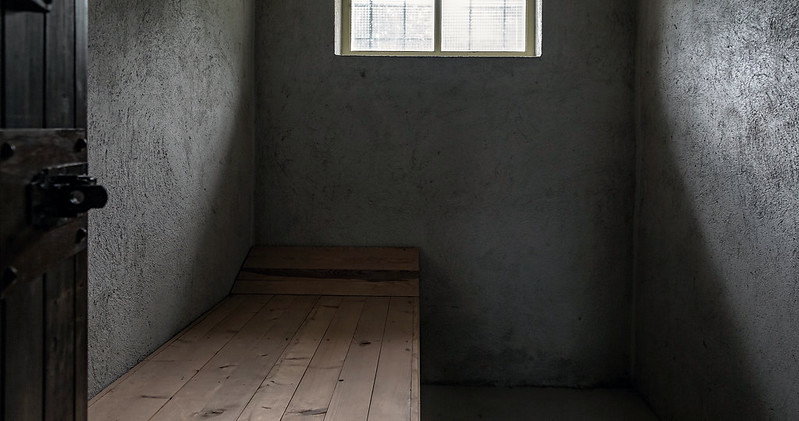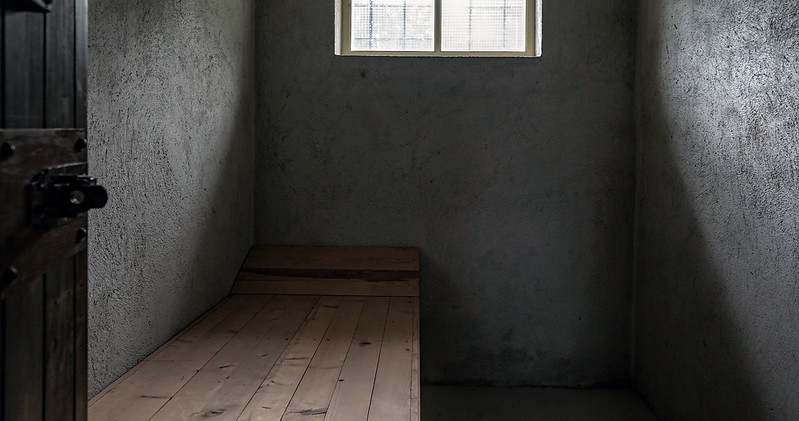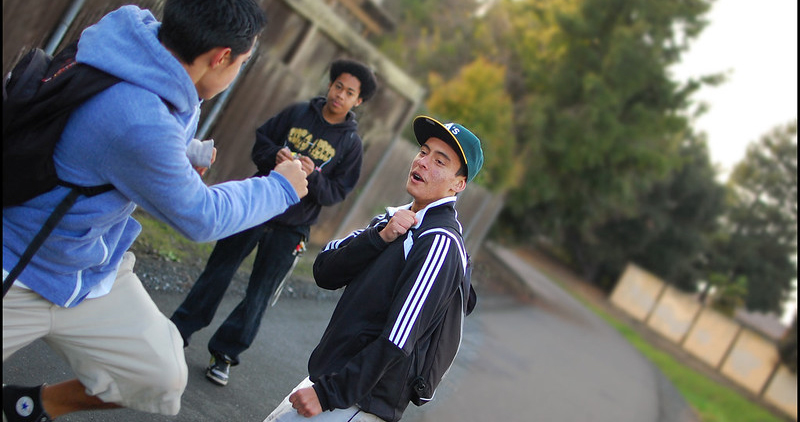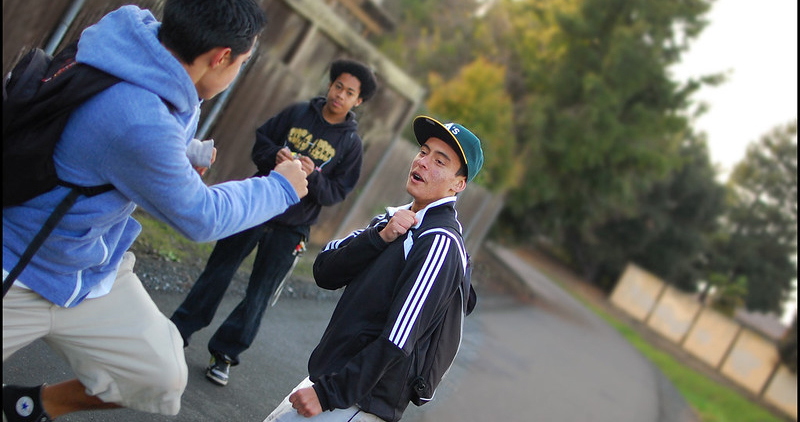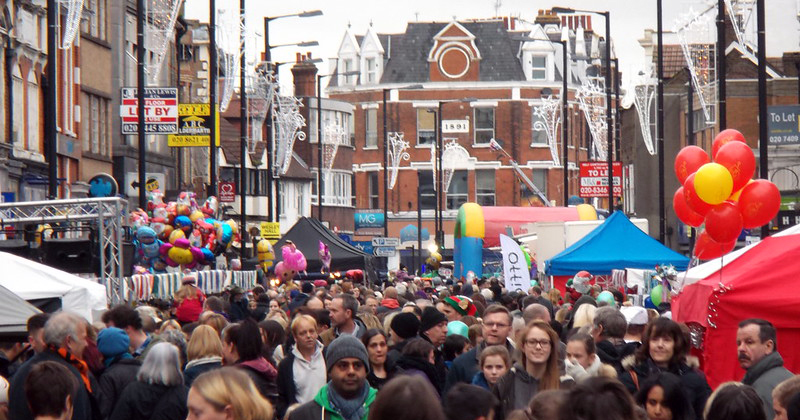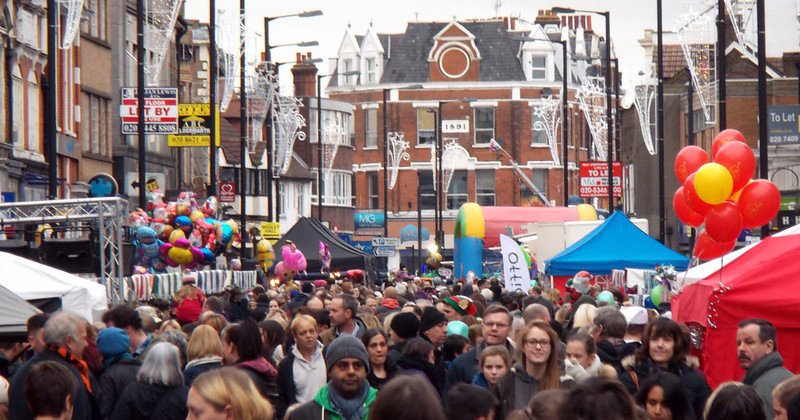Recommendations for use

To increase the sense of immersion in Virtual Reality, you can include comments, questions or ideas in the session so the experience will seem more realistic to your patient.
For example, in the Dressing Room scene, comments like “Imagine that this is your real body, that you are the one in this costume right now,” etc. as they could be useful.
In the Restaurant scene, we could also make interventions such as “Try to imagine you are eating these foods as if they were real, try to focus on their flavor, texture, temperature…”, “What thoughts come to your mind when you eat in this restaurant while surrounded by other people?”, etc.



